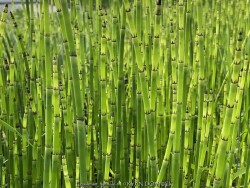
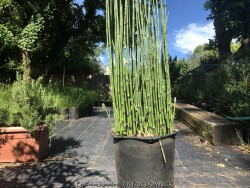
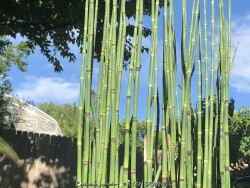
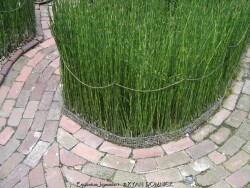
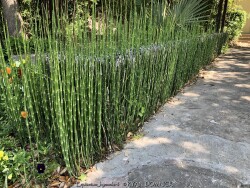
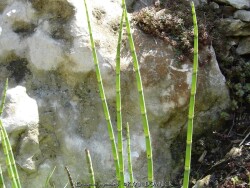
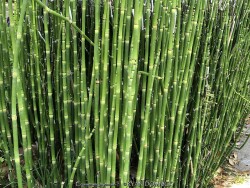
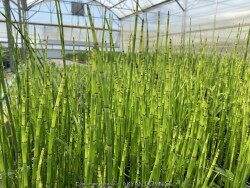
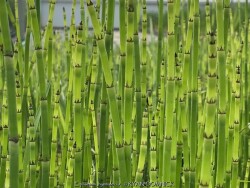
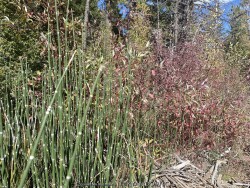
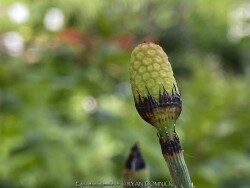
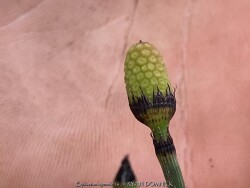

Plant Min Zone: 3a
Plant Max Zone: 11b
Sunlight: Part Sun, Shade, Deep Shade
Water / Rainfall: Average, High, Very High
Soil Quality: Poor, Average, Rich
Bloom Season: None
Flower Color: None
Berry / Fruit Color: None
Spring Foliage Color: Green
Summer Foliage Color: Green
Fall Foliage Color: Dark Green
Evergreen Foliage: Yes
Winter Interest: Yes
Scented Flowers: No
Drought Tolerance: Medium
Wet-Feet Tolerance: High
Humidity Tolerance: High
Wind Tolerance: Medium
Poor Soil Tolerance: Clay Soils, Rocky Soils, Sandy Soils, Shallow Soils, Acidic Soil (low PH), Alkaline Soils (high PH)
Height: 3' - 4'
Width: 2' - 3'
Growth Rate: Fast
Service Life: Extremely long: over 20 years
Maintenance Need: High
Spreading Potential: High
Yearly Trimming Tips: Trim Evergreen Perennial Only if Winter-Kill Occurs.
Plant Grouping Size: Specimen Planting of 1-3, Small Grouping of 3-5, Medium Grouping of 5-10
Best Side of House: South Exposure, West Exposure, East Exposure, North Exposure
Extreme Planting Locations: Tolerates Damp Full Shade, Tolerates Periods of Standing Water, Resistant to Rabbits
Ornamental Features: Long Lasting Fall Color, Bright Winter Color, Multiple Seasons of Interest, Fine Texture, Exceptional / Colorful Foliage
Special Landscape Uses: Erosion Control
Possible Pest Problems: None
Plant Limitations: Aggressive Rhizomes / Runners, Needs Regular Irrigation, Needs Frequent Pruning / Trimming, May Be Too Invasive for Garden Use
Shippable in 2026: YES
Horsetail Reed (Equisetum hyemale) is a very primitive "Dinosaur" plant with a one-of-a-kind appearance. Tube-like segmented stems grow vertical creating a dense bamboo-like appearance when grown properly in a pot or edging. The evergreen stems (down to -30 degrees F) are particularly noticeable in winter and can provide significant interest to the landscape. It is mostly used as a native erosion control plant in large areas along streams and wet wooded areas. For the home garden, the species is generally too aggressive to mix with other plants unless contained. The best use is as a marginal water garden plant in a sealed container. Horsetail rhizomes cannot spread thru open water or hop over an edge in the open air. If planted in the garden and once established, it is extremely difficult to remove by digging because its rhizomes spread wide and deep. Roundup is not effective against primitive plants such as horsetail and mosses. If planted in the garden, use professional soil barriers or no-fail sealed planters (no drainage holes ok) to restrict growth. Native to large portions of Eurasia, Canada and the U.S., including Kansas, equisetum is the single surviving genus of a class of primitive vascular plants dating back to the mid-Devonian period (350 + million years ago). As a plant evolved before twigs and leaves, Horsetail Reed is a non-flowering, seedless plant that reproduces by spores.